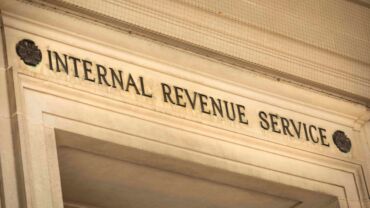In the U.S., unemployment insurance originated in Wisconsin in 1932. And through the Social Security Act of 1935 (SSA), the federal government encouraged individual states to adopt unemployment insurance plans.
Currently, there are unemployment insurance programs for all 50 states and in the District of Columbia, Puerto Rico, and the U.S. Virgin Islands. The U.S. Department of Labor explains that unemployment insurance is a federal-state program financed through federal and state employer payroll taxes.
Typically, employers pay these taxes if they pay wages to employees totaling $1,500 or more in any quarter of a calendar year, or they had at least one employee during any day of the week during 20 weeks in a calendar year. However, some state laws vary, so it is important for employers to be familiar with the differences.
Federal Unemployment Tax Act (FUTA) taxes are paid and reported by employers. Generally, most employers receive a FUTA credit and only pay a net tax rate of 0.6% up to the annual $7,000 taxable wage base.
State law determines individual unemployment insurance tax rates. Employers primarily pay unemployment taxes to the state workforce agencies. The tax is used solely for the payment of benefits to eligible unemployed workers. An employer’s unemployment tax rate varies by state and depends on a number of factors that may include new employers, experience rated employers, positive and negative rated employers, the taxable wage base, the tax rate schedule, termination of employees, etc.
Voluntary unemployment insurance contributions
There are ways for employers to potentially reduce their unemployment tax rates. One such way is by making voluntary unemployment contributions. Federal law requires that voluntary contributions be made earlier than 120 days after the beginning of the rate year. However, some states establish earlier due dates.
There are 28 states that allow employers to make voluntary contributions. States like California and Louisiana have certain rules that do not permit voluntary contributions under certain conditions. In California, if a certain tax rate schedule is in effect, employers are not allowed to make voluntary contributions. For 2022, Schedule F+ is in effect. This means employers in California cannot make voluntary contributions this year. So, 27 states allow voluntary contributions for 2022.
For some states, the deadline has passed. But a number of other states still allow for making voluntary contributions. The idea is that making such a contribution will reduce an employer’s unemployment tax rate. It should be noted that if a voluntary contribution does not lead to a reduced rate or if an employer later changes its mind, no refunds can be made. So, it is important for employers to fully understand if a voluntary contribution will help to reduce their unemployment tax rate.
In reserve-ration states, a voluntary contribution increases the balance in the employer’s reserve, resulting in a lower rate being assigned that will save more than the amount of the voluntary contribution. In benefit-ration states, an employer pays voluntary contributions to cancel benefit charges to its account, thereby reducing its benefit ratio.
State assistance for voluntary unemployment contributions
Some states provide information, assistance, and guidance for determining if a voluntary contribution will be in the employer’s best interest. In Wisconsin, there is a voluntary contribution worksheet (UCT-15393) that employers use to determine if a voluntary contribution would help to lower their unemployment tax rate. New Jersey also has a form (UC-45) for employers to use in order to acquire a more favorable unemployment tax rate. In North Carolina, voluntary contributions can be made online or by check. In February 2021, the state of Washington created new rules to make its unemployment voluntary contribution program more appealing, which include waiving a surcharge fee, reducing the minimum rate class buy down from four to two, and extending the deadline to apply from February 15 to March 31.
Upcoming deadlines for voluntary unemployment contributions
The deadline for making voluntary unemployment contributions has already passed for some states like Missouri, Nebraska, Ohio, and South Dakota. However, there are several states where the deadline is still upcoming. For example, Arizona’s deadline is February 28. In New York, the deadline is March 31, and in Colorado, the deadline is March 15.
_______________________________________________________________________________










